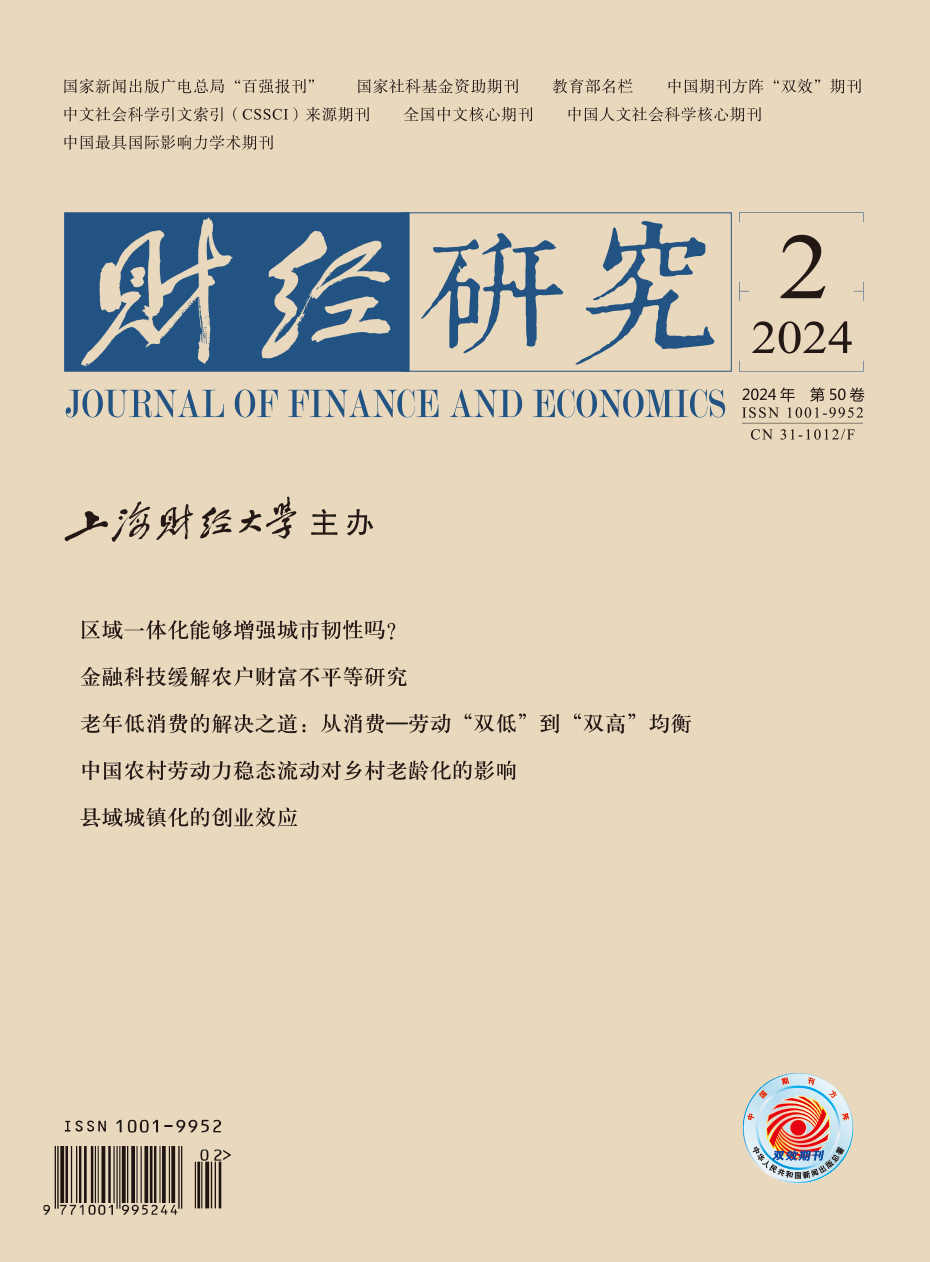In recent years, the competition of family extracurricular education investment during the compulsory education period in China has become extremely fierce. Compulsory education does not have a selective function since it is the main means to ensure educational fairness. In order to help their children to pass the high-school entrance examination and obtain scarce high-quality educational resources, parents pay more attention to extracurricular education. When facing the high-school entrance examination, the sudden increase of competing pressure of children has led to a sharp increase in family extracurricular education investment. The policy, called “Double Reduction”, has been implemented in China since 2021, aiming to ease the burden of excessive homework and off-campus tutoring for junior high school students. In order to effectively implement this policy and enhance the people’s sense of educational satisfaction, it is necessary to clarify the factors and mechanism of family extracurricular education investment.
In addition to following the traditional “Cost-Benefit” trade-off in economics, specific environmental changes and the behavior of nearby groups have important impacts on the family’s educational decisions. Based on this, this paper focuses on exploring the mechanism of “peer effects” of family extracurricular education investment. In the empirical analysis, using the data from the China Education Panel Survey (CEPS) in the 2013-2014 school year, this paper takes children attending the graduating class of junior high school as an exogenous shock and designs the empirical strategy. The results show that: Compared with the non-graduating class, the peer effects within the graduating class not only expand the increase in the cash expenditure of a specific family’s extracurricular education, but also expand the increase in the time spent on children’s extracurricular learning. After conducting a series of robustness tests and using instrumental variable regression to alleviate endogeneity, the conclusions remain unchanged. The heterogeneity analysis finds that significant effects mainly exist in families with urban hukou, parents who expect their children to enter undergraduate college, children with poor academic performance, and parents who urge their children to study. The extended analysis finds that the increase in the cash expenditure of family extracurricular education has a positive effect on improving the absolute scores of children in the graduating class, but fails to significantly improve their relative rankings. This is a profound manifestation of the “involution” of family extracurricular education investment. Based on the reality that children face the pressure to enter high school, this paper provides a new perspective for explaining the increasingly fierce competition in family extracurricular education investment through the mechanism of peer effects.





 2424
2424  2949
2949

